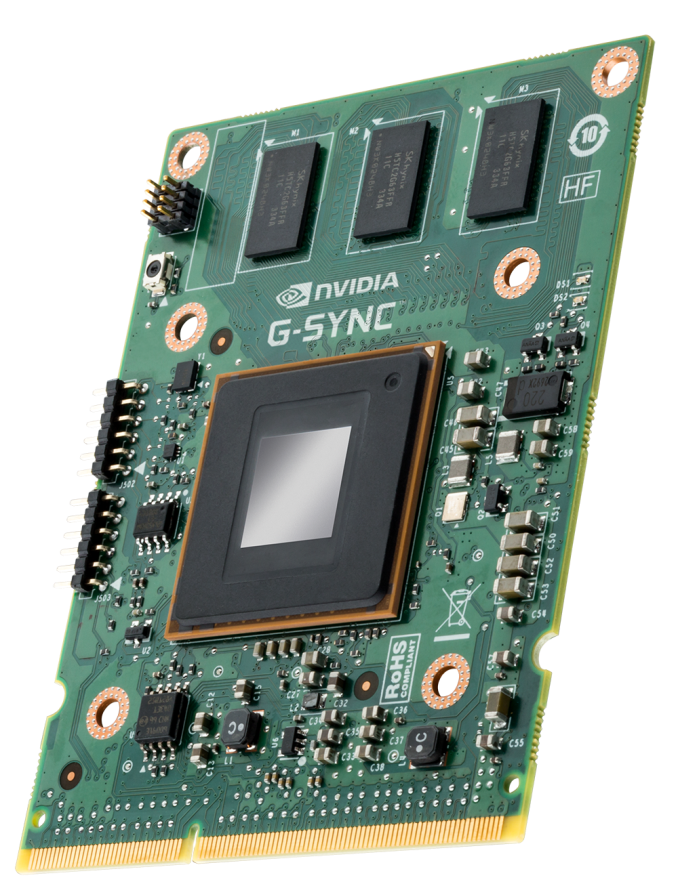Yeah, Id like it being standard. I`d like it to have been a Standard years ago.
But its not about high framerates, but fractional arbitrary ones. It shouldnt matter if the game can output 30, 60 or 54 fps, it sends the finished frame to the monitor and the monitor takes care of displaying it as fast as possible. It wouldnt have to be a fixed raster of n fps, but just a minimum display latency that the monitor requires. The frame would be displayed shortly after the data is received and then there cant be a new frame for eg. 1/60 seconds - but eq. 58 fps would be possible with even or irregular spacing
But its not about high framerates, but fractional arbitrary ones. It shouldnt matter if the game can output 30, 60 or 54 fps, it sends the finished frame to the monitor and the monitor takes care of displaying it as fast as possible. It wouldnt have to be a fixed raster of n fps, but just a minimum display latency that the monitor requires. The frame would be displayed shortly after the data is received and then there cant be a new frame for eg. 1/60 seconds - but eq. 58 fps would be possible with even or irregular spacing


